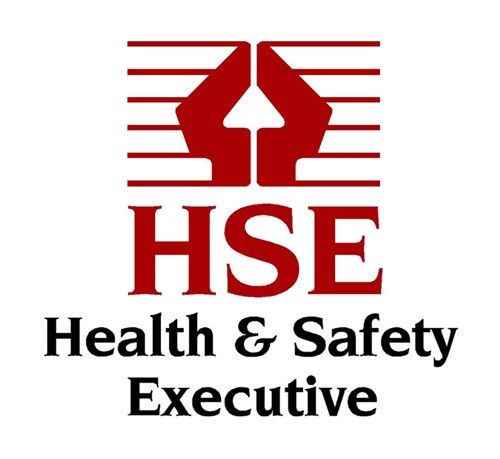The latest HSE injury stats are all too familiar and we need to change the story.

In November 2019, the Health & Safety Executive released its annual health and safety stats, the numbers for 2018/2019 are broadly the same as in the previous year.
Figures show that around 581,000 workers sustained non-fatal injuries in 2018/2019, with 144 people dying as a consequence of their injuries, up from 555,000 injuries and 114 fatalities recorded in 2017/2018, though the percentage of deaths caused from falling at height remains at eight per cent. One of the most worrying parts for me is the rise in fatalities of workers over the age of 60 (25 per cent) in all industries, which is a sure sign that we have an aging workforce.
The Health & Safety Executive’s annual report, which is compiled from the Labour Force Survey and other sources, includes statistics for work-related ill health, workplace injuries, working days lost, enforcement action taken, and the associated costs to England, Wales and Scotland. It covers all industries, with construction perhaps unsurprisingly one of the riskiest sectors to work in. For example, 64,000 workers in the construction industry receive an injury at work, which equates to 4.1 per cent of workers being injured each year, more than twice the average for all occupations.
This isn’t to say construction companies, including roofing contractors, aren’t making great strides in improving their safety records—in fact the UK has the lowest number of fatal injuries per year of any EU country. I’m also pleased to say that there have been no reported fatalities in the past five years among NFRC members, and looking at the accident average for the past three years, 0.69 per cent of employed or labour-only subcontractors working for NFRC members are injured each year; this is less than twice the average for all occupations and a staggering six times less than the construction average. But the latest figures are still a cause for concern and frankly we can all do better.
The NFRC actively encourages its members and the wider roofing industry, through publications such as this, to not let health and safety out of their sights. We work with the HSE and other stakeholders in the NFRC Health and Safety Committee to identify gaps in knowledge and find ways to engage contractors. We work with partners, such as IOSH and specialists on things like asbestos awareness and related e-learning courses, and organisations within the Access Industry Forum (AIF) to provide specialised guidance.
We participated in the Working at Height All-Party Parliamentary Group inquiry and fully support its Staying Alive: Preventing Serious Injury and Fatalities report published in February 2019. Among its recommendations were enhanced reporting through RIDDOR, backed by an independent body to enable more confidential reporting of near misses.
However, the real challenge is reaching beyond responsible contractors such as our members, who in any case must be assessed for safety before they can join, to those smaller companies who slip under the radar. Contractors like Superfast Roofing Ltd, which in October was fined £30,000 for failing to plan work at height safely after the company was spotted by an HSE inspector on a number of small projects. Perhaps thinking it was a small job, the contractor believed they could do away with health and safety, as though falling from a single-story roof won’t cause you damage.
 That calls for real behavioural change, where everyone from the customer, the employer, right through to the labourer understands the risks and takes responsibility for their and their colleagues’ safety. NFRC RoofCERT Roofing Accreditation, the UK’s only accreditation scheme for individual roofers aims to start that shift by giving operatives a framework to update their skills, including short duration courses in things like working at height and asbestos awareness.
That calls for real behavioural change, where everyone from the customer, the employer, right through to the labourer understands the risks and takes responsibility for their and their colleagues’ safety. NFRC RoofCERT Roofing Accreditation, the UK’s only accreditation scheme for individual roofers aims to start that shift by giving operatives a framework to update their skills, including short duration courses in things like working at height and asbestos awareness.
The only other way to reach companies that flout health and safety, is to hurt their pocket. As I’ve written previously in this page, the penalties have become much more sever since 2016, with sentencing guidelines considering the risk of harm plus the level of culpability, such as deliberate breaches of regulations.
A contractor’s turnover will now determine the size of the fine, with large companies having a turnover of over £50m being fined between £1.5m &ndash £6m, and even a micro-company with a turnover of less than £2m is at risk of being fined between £10,000 &ndash £160,000.
So, as we near the close of another year, let’s hope that the next will see more improvement.



